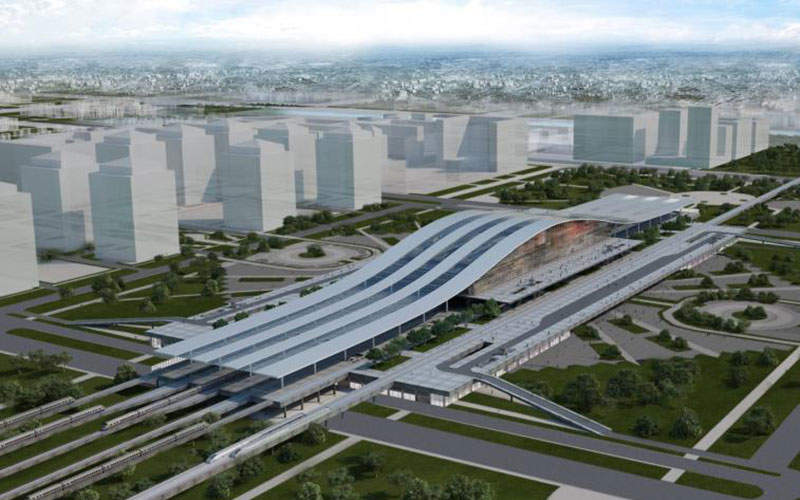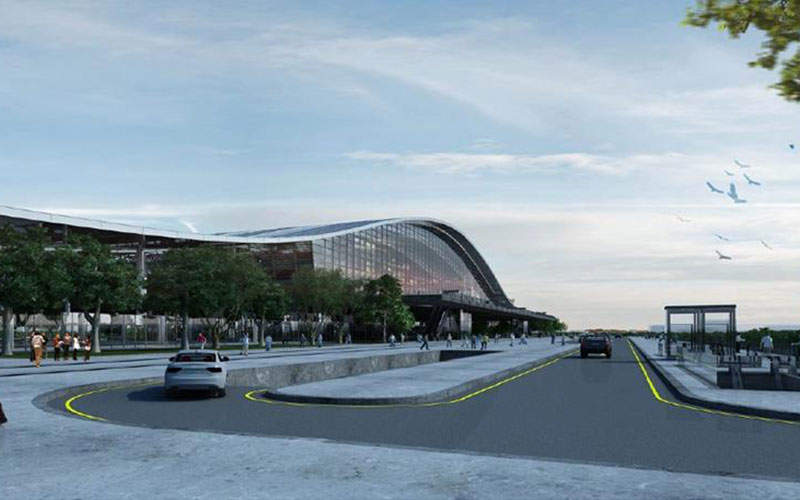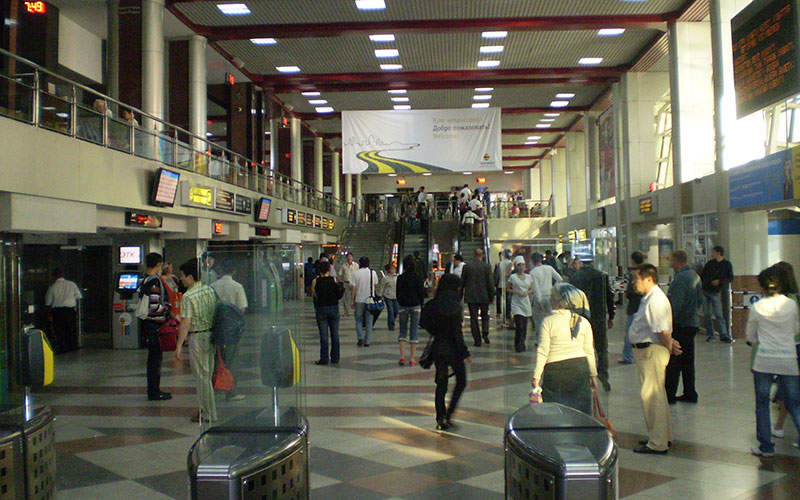In June 2015, the concept of a new railway station near Mynzhyldyk Alley in Astana, Kazakhstan, was approved by the Department of Architecture and Urban Planning in Astana.
The new station is built as part of Nurly Zhol programme, and provides services for adjoining areas, including Tobol, Kokshetau, Karaganda and Pavlodar. Kazakhstan Temir Zholy (KTZ) is the supervisor and operator of the new station.
The existing railway station at Astana provides services for up to 12,000 passengers a day, while the new station can cater approximately 35,000 passengers a day.
The new station was opened in May 2017 and passenger services began operating in June 2017.
New Astana station design and facilities
The new station features a 45,000ft² mixed-use terminal building, a 70,000m² car park, and an enclosed space of roughly 126,000m², including a metal-covered, 2,550m-long railway platform.
The new station is 11 times larger than the existing one with a height of 49.5m, width of 116m and length of 630m.
It has a monolithic steel roof formed of three continuous plates, which runs from one end to the other as wavy lines with intervals between them.
Six covered overpasses are built into the station, allowing trains to arrive inside the building. The complex is connected with six receiving-and-departure tracks.
Advanced intelligent systems are installed in the station for controlling and monitoring passenger traffic, security, queue, and smart ticketing.
Sustainability
The station features energy-saving lifts and escalators. It is equipped with 70% green technologies such as solar batteries and geothermal applications, which use heat from the soil to generate electricity.
Construction of the Nurly Zhol railway station in Astana
Nearly 1,300 construction workers were involved in the project, which began in June 2015. Foundation fills and pile works have been completed, and approximately 74% of the reinforced concrete structures have been installed as of April 2016.
Up to 87 poles and 17,300t of total metal spans were installed at the site by the end of 2016.
Contractors involved
Astana train station was designed by Turkish architecture firm Tabanlioğlu. A consortium comprising LLP Jol zhөndeushі and JSC Sembol was awarded the contract for construction and installation works at the station.
BuroHappold Engineering was selected as structural engineering consultant for the station in March 2016. The company’s services covered structures, facade and facade access, people flow, security, traffic, sustainability, waste management and vertical transportation.
BuroHappold completed climate and facade studies for the new station, which recommended using natural light to reduce energy consumption.
Transport Design Consultancy (TDC) was contracted to design the station’s signing system.










